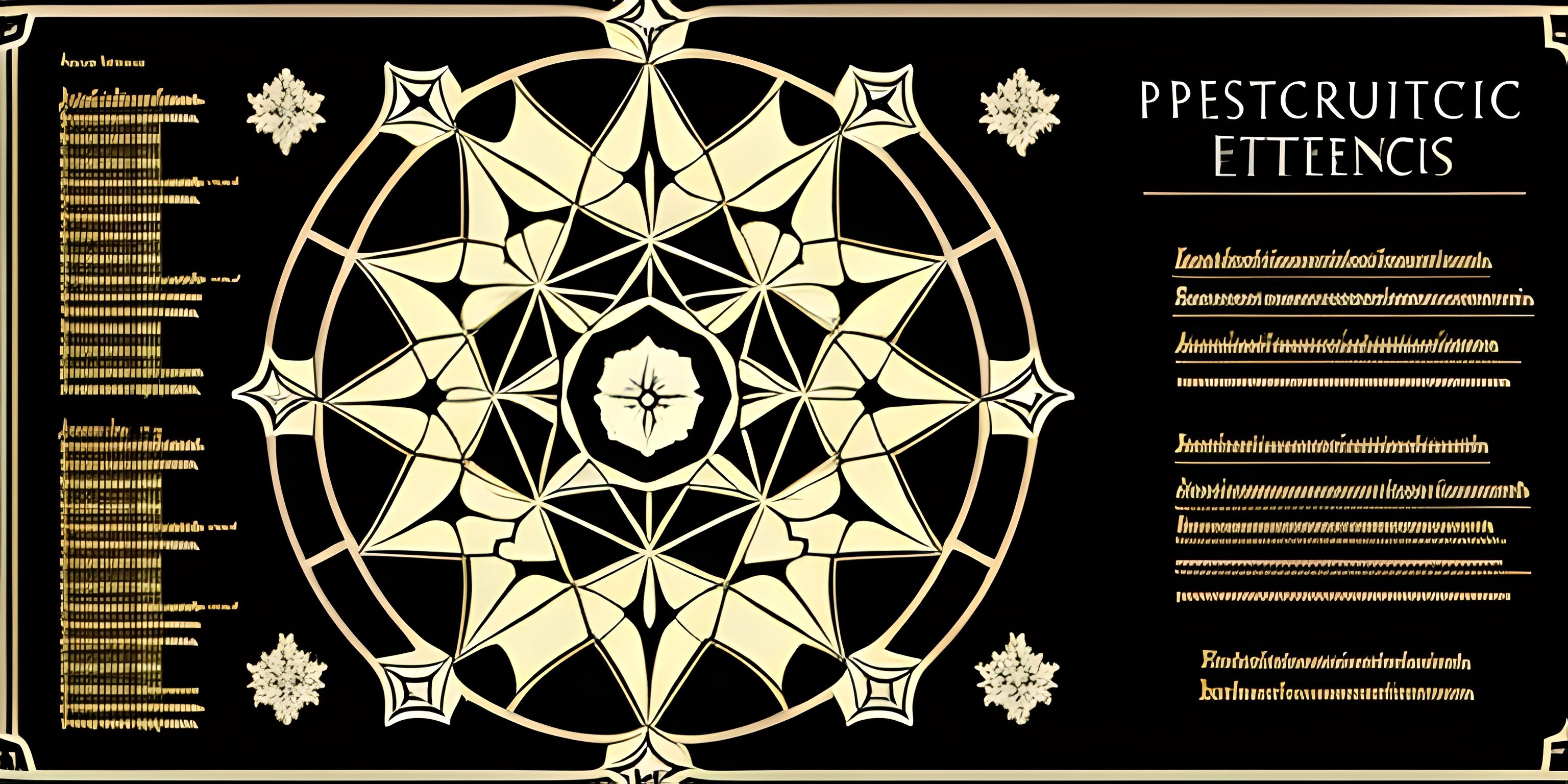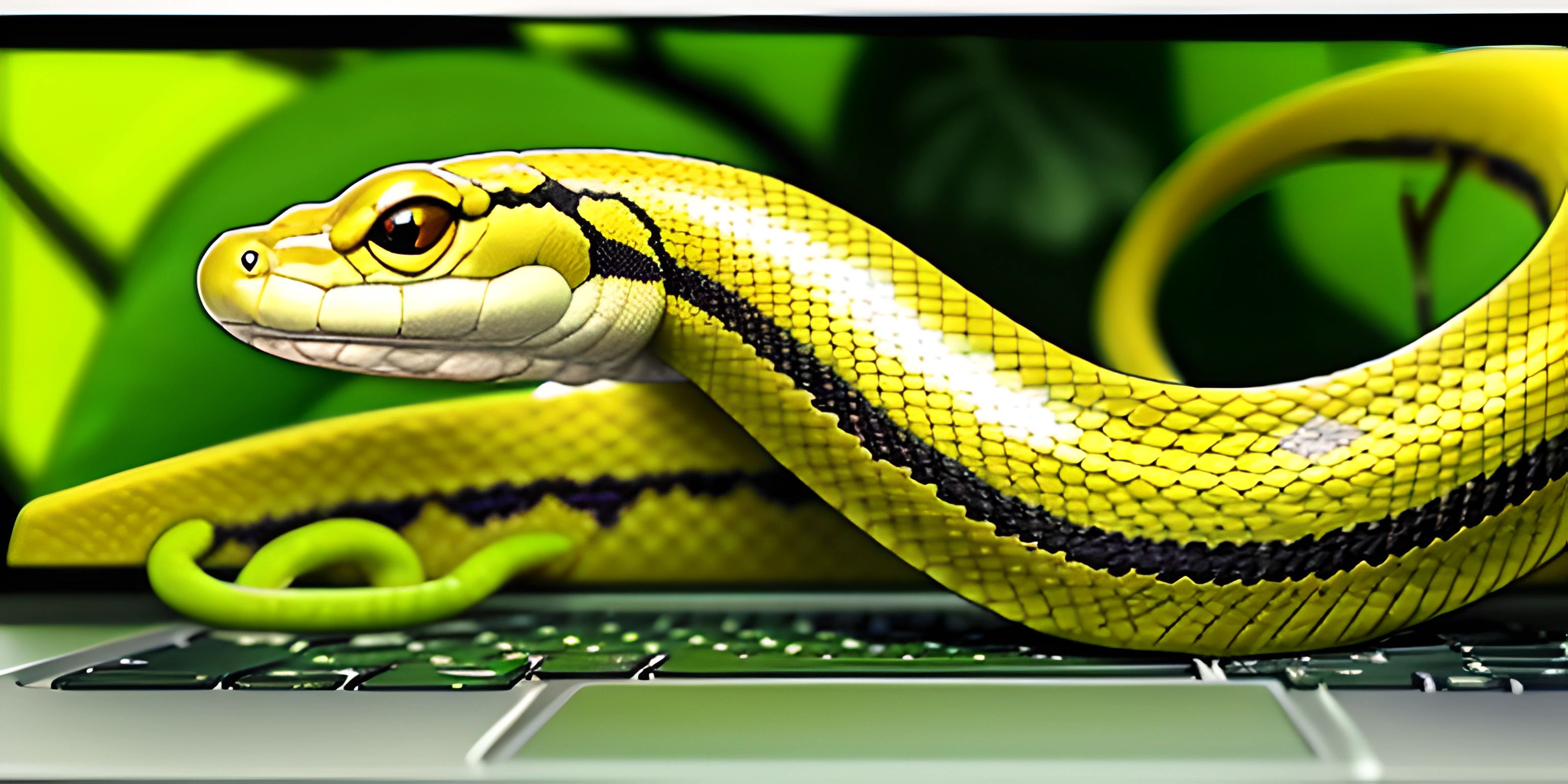Whitespace: A Unique Programming Language

Note: this page has been created with the use of AI. Please take caution, and note that the content of this page does not necessarily reflect the opinion of Cratecode.
The world of programming languages is vast and diverse, but every once in a while, we stumble upon something that truly stands out. Meet Whitespace, an esoteric programming language that takes a unique approach to writing code.
A Language of Invisible Characters
Whitespace is a programming language that only uses whitespace characters – spaces, tabs, and line feeds – for writing code. You might be thinking, "How on earth can I write a program with just whitespace?" Well, that's where the magic lies.
In most conventional programming languages, whitespace is used to separate words or tokens, and to make the code more readable. However, in Whitespace, these invisible characters are the stars of the show.
Let's dive into the world of Whitespace and see how it works.
Commands and Instructions
The Whitespace language consists of commands and their corresponding instructions. Since the language only uses whitespace characters, each command is represented by a unique sequence of spaces, tabs, and line feeds.
For example, the command to push a number onto the stack is represented by the sequence 'Space Space'. To push the number 19 onto the stack, you would write the following sequence in Whitespace:
Space Space Space Tab Space Space Tab Tab LineFeed
As you can imagine, writing Whitespace code can be quite challenging, since it's not immediately obvious what each sequence of characters does. But don't worry – there are tools that can help you convert your code into a more human-readable form.
Control Flow and Stack Manipulation
Whitespace programs revolve around two main concepts: control flow and stack manipulation. The language provides a set of commands for controlling the flow of the program (such as loops and conditionals) and for manipulating the stack (a last-in, first-out data structure).
Here are a few examples of Whitespace commands:
- Label: Define a label that can be used as a target for jumps.
- Call: Call a subroutine (a block of code) identified by a label.
- Jump: Jump to a label, effectively changing the control flow.
- Push: Push a number onto the stack.
- Add: Pop two values from the stack, add them, and push the result back onto the stack.
This is just the tip of the iceberg. Whitespace has a rich set of commands that you can use to create complex programs.
Whitespace in Action
To give you a taste of what Whitespace code looks like, here's a simple program that prints "Hello World!" to the screen:
Space Space Space Tab Space Space Space Space Space Space Tab Space LineFeed Space Space Space Tab Tab Tab Space Tab Tab Space Space Space Tab Tab Space Space Tab Space LineFeed Space Space Space Space LineFeed Tab Tab Space Space Space Space Tab Space Space Tab Space Space Space LineFeed Tab LineFeed Space Space Space Space Space Tab Tab Space Space Tab Space Tab LineFeed Tab LineFeed Space Space Space Space Space Tab Tab Space Tab Tab Space Space LineFeed Space LineFeed Space Tab LineFeed Space Space Tab LineFeed Space Space Space Space Space Tab Tab Space Tab Tab Tab Tab LineFeed Tab LineFeed Space Space Space Space Space Tab Space Space Space Space Space LineFeed Tab LineFeed Space Space Space Space Space Tab Space Tab Space Tab Tab Tab LineFeed Tab LineFeed Space Space Space Space Space Tab Tab Space Tab Tab Tab Tab LineFeed Tab LineFeed Space Space Space Space Space Tab Tab Tab Space Space Tab Space LineFeed Tab LineFeed Space Space Space Space Space Tab Tab Space Tab Tab Space Space LineFeed Tab LineFeed Space Space Space Space Space Tab Tab Space Space Tab Space Space LineFeed Tab LineFeed Space Space Space Space Space Tab Space Space Space Space Tab LineFeed Tab LineFeed Space Space Space Space Space Tab Space Tab Space LineFeed Tab LineFeed Space Space Space LineFeed
It may not look like much, but this program is a testament to the creativity and ingenuity of the Whitespace language's creators.
Conclusion
Whitespace is an esoteric programming language that challenges our preconceived notions of what a programming language should look like. While it may not be practical for everyday use, it's a fascinating exploration of the boundaries of programming language design.
So, the next time you write code in your favorite language, spare a thought for the humble whitespace character – it might just be secretly dreaming of taking center stage.
Hey there! Want to learn more? Cratecode is an online learning platform that lets you forge your own path. Click here to check out a lesson: Rust - A Language You'll Love (psst, it's free!).
FAQ
What makes Whitespace programming language unique?
Whitespace is unique because it uses only whitespace characters (space, tab, and newline) for its syntax, making the code invisible. This feature has led to Whitespace being called an "esoteric" programming language. Unlike traditional programming languages, it relies on the arrangement of whitespace characters to execute the program, adding an unconventional and fun twist to coding.
Can I use Whitespace alongside other programming languages?
Yes, you can use Whitespace alongside other programming languages in a technique called "polyglot programming." Since Whitespace only uses whitespace characters, it can be combined with other languages that ignore spaces, tabs, and newlines. This allows you to create a program that can be executed in multiple languages, including Whitespace.
Are there any tools to help write and debug Whitespace programs?
Yes, there are various tools available to help with writing and debugging Whitespace programs. Some of these tools include online interpreters, syntax highlighters, and converters that can translate Whitespace code into a more readable format. These tools can make working with Whitespace a bit easier and more enjoyable.
What are some sample applications or projects built using Whitespace?
Due to its esoteric nature, Whitespace is not commonly used for building practical applications. However, programmers have created various projects and challenges to explore the language's unique features. Examples include writing a program that calculates Fibonacci numbers, creating a brain-teaser for fellow coders, or even designing a Whitespace interpreter in another programming language. Whitespace is more about having fun, exploring programming concepts, and embracing its unconventional nature.





